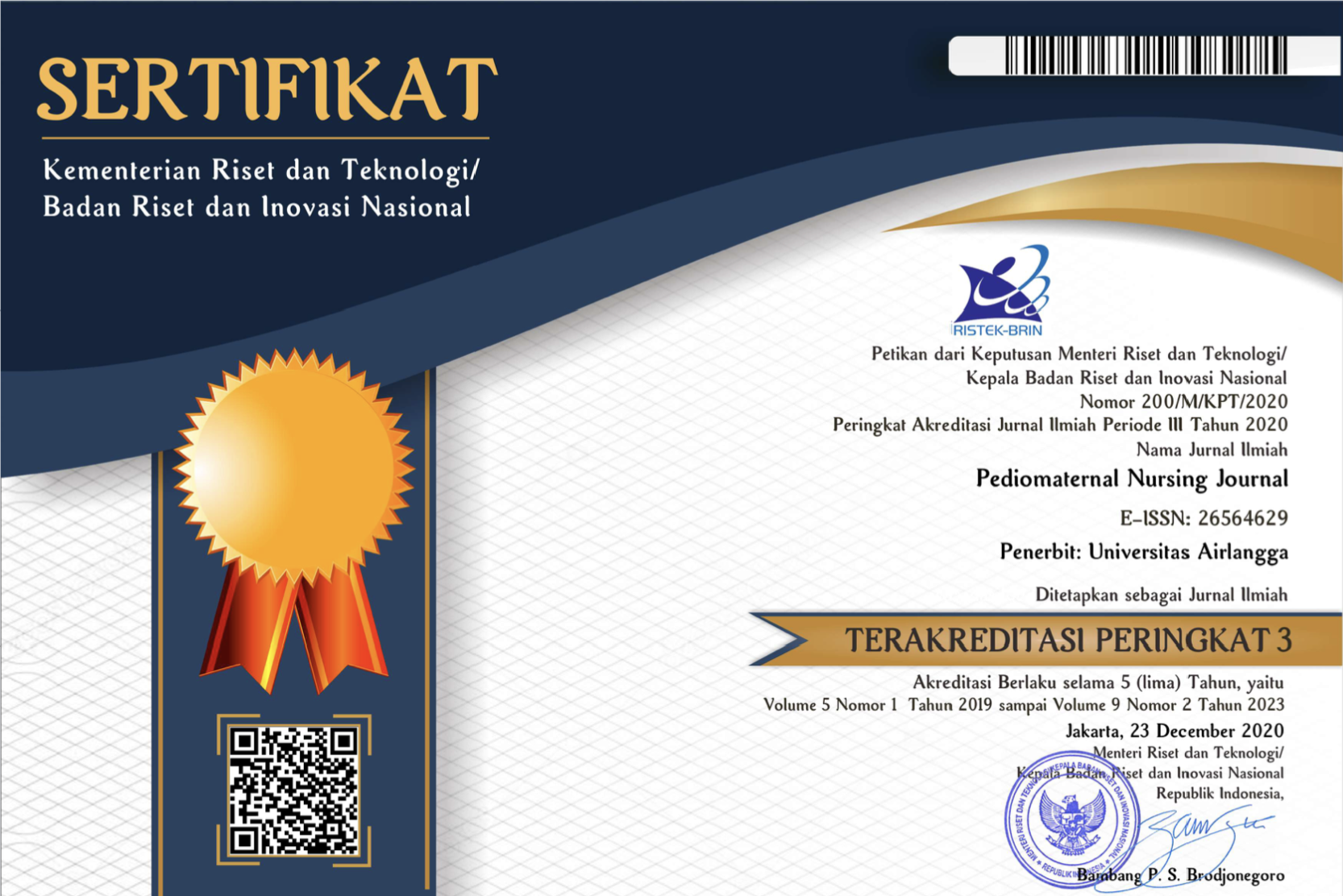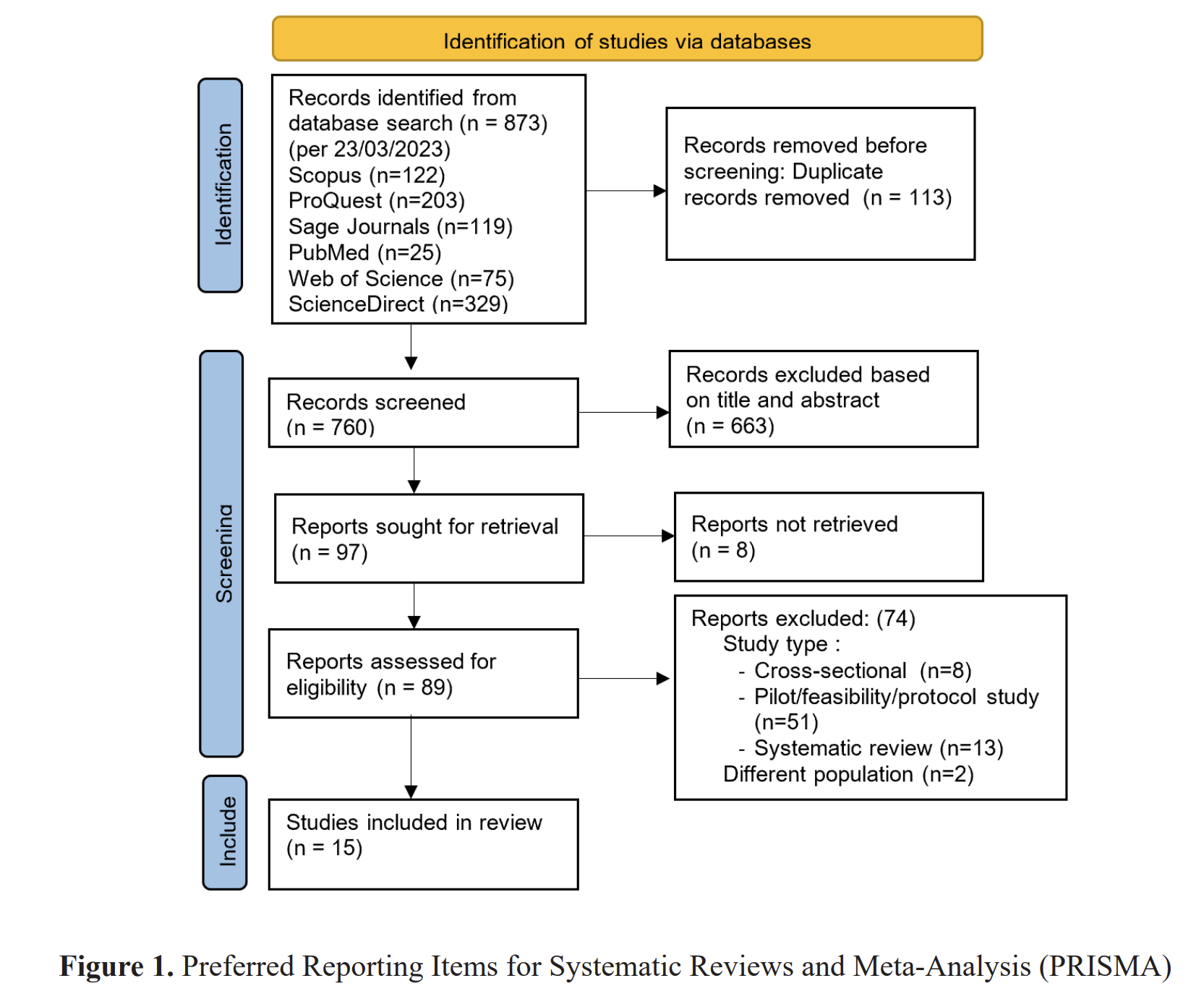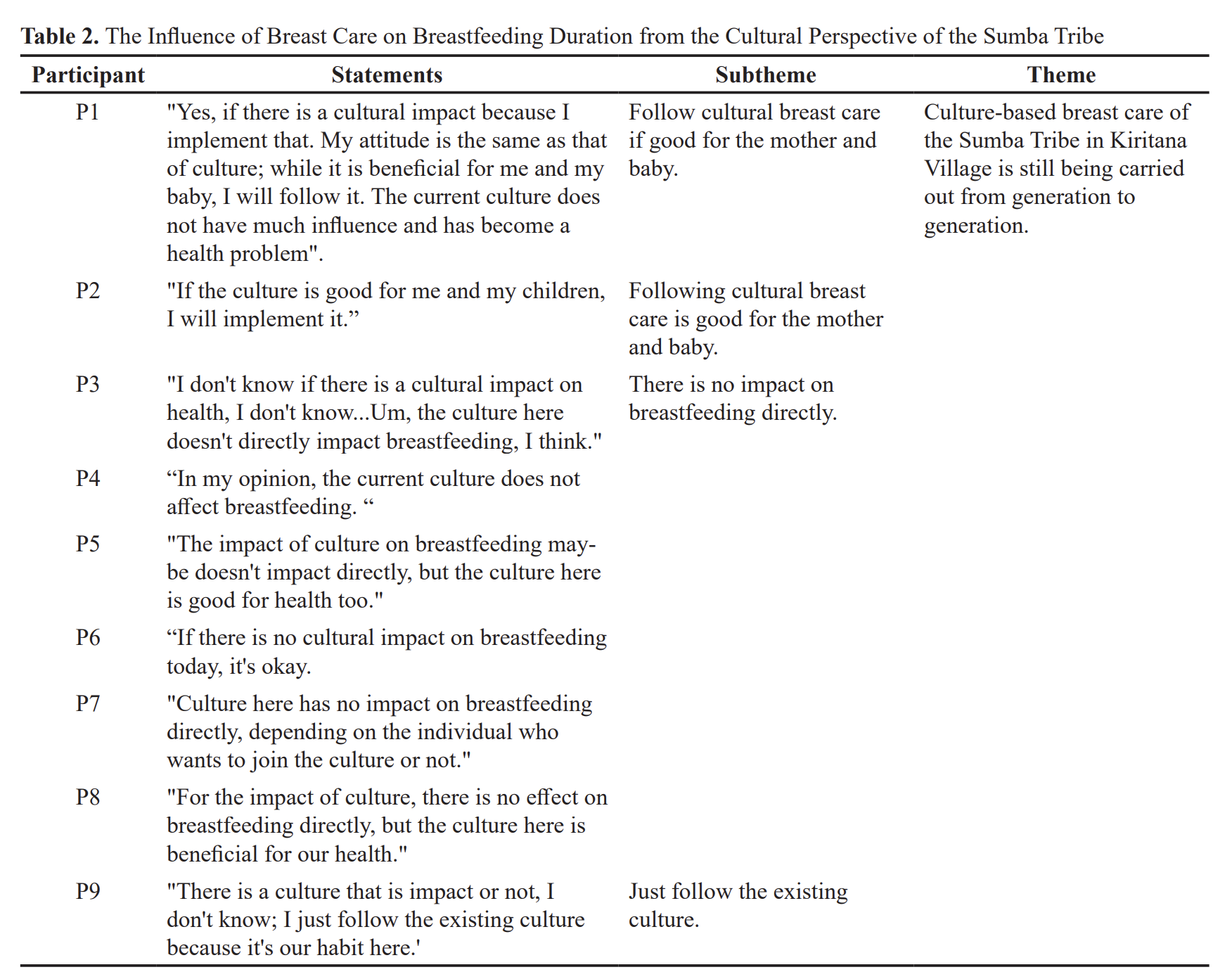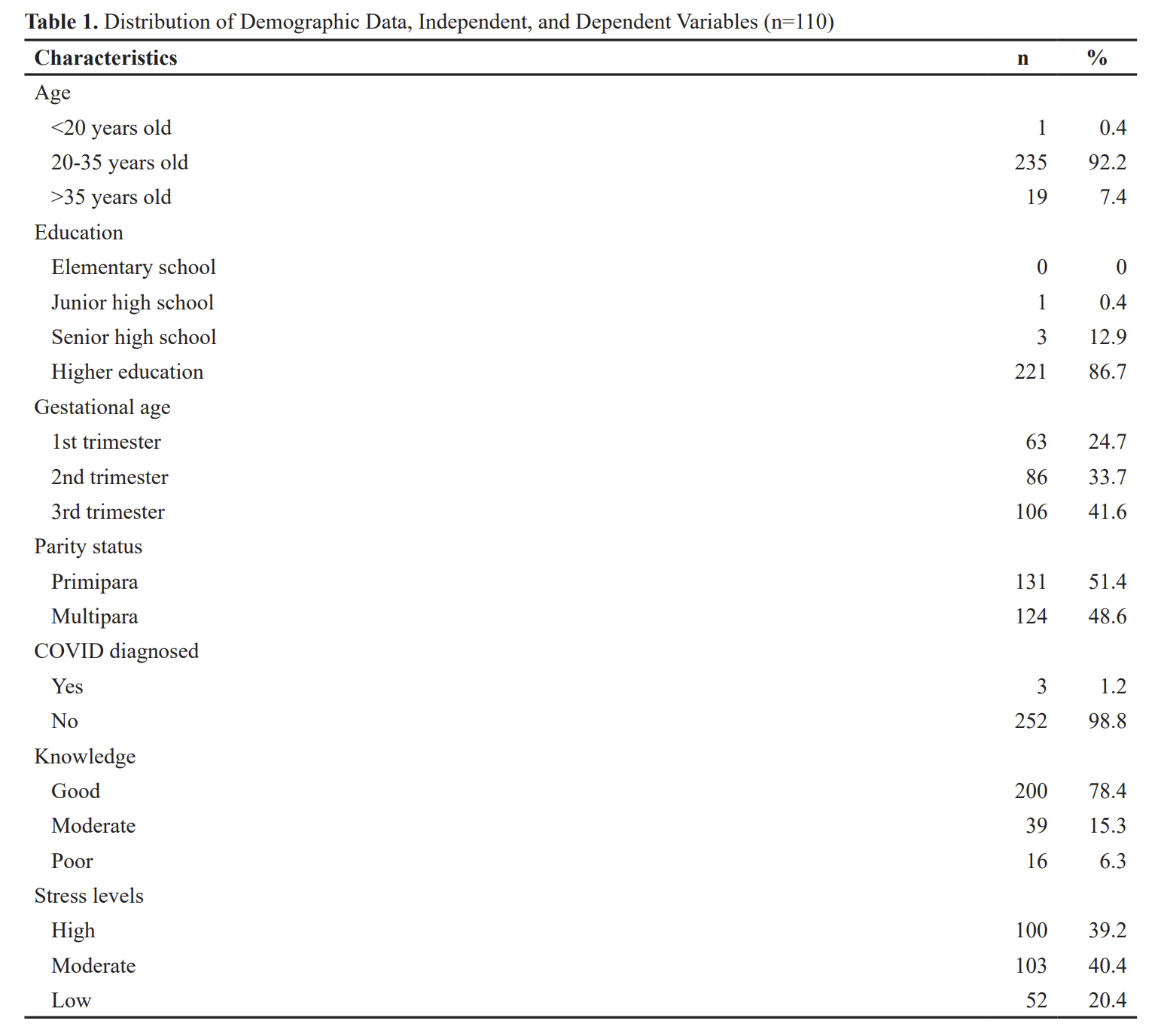Quality of Life of Preschool-Age Children with Thalassemia Major
Downloads
Introduction: Health problems caused by thalassemia disease process and treatment affect patients who suffer from this disease, including pediatric patients who are in their preschool age. These problems can interfere with the child's physical, emotional, social, and school functions. This study aimed to describe the quality of life of preschool-age children with thalassemia major in Sumedang and Garut areas.
Methods: In this study, a quantitative descriptive design was applied to a sample of 63 parents of children with 3-6 years old children with thalassemia who were recruited using the total sampling approach. The quality of life as a variable was measured using the PedsQLTM 4.0 Generic Core Scales for parent-proxy reports. Data collected were then analyzed for the mean score and categorized into good or poor quality of life, which were then expressed in frequencies and percentages.
Results: Results showed that the mean score of quality of life was 75.94, with the mean scores for physical function, emotional function, social function, and school function of 75.79, 71.98, 87.46, and 60.95, respectively. The majority of preschool-age children with thalassemia have poor quality of life. The dimension that receives the most negative influence is the school function.
Conculusion: It is suggested that nurses can improve the quality of life of these children by identifying the impaired functions and providing the appropriate care, such as facilitating the needs of these children to receive blood transfusions in hospitals.
Abu-Shaheen, A., Heena, H., Nofal, A., Abdelmoety, D. A., Almatary, A., Alsheef, M., & AlFayyad, I. (2020). Epidemiology of thalassemia in Gulf Cooperation Council countries: A systematic review. BioMed Research International, 2020. https://doi.org/10.1155/2020/1509501
Adam, S., Afifi, H., Thomas, M., Magdy, P., & El-Kamah, G. (2017). Quality of Life Outcomes in a Pediatric Thalassemia Population in Egypt. Hemoglobin, 41(1), 16–20. https://doi.org/10.1080/03630269.2017.1312434
Dhirar, N., Khandekar, J., Bachani, D., & Mahto, D. (2016). Thalassemia Major: how do we improve quality of life? SpringerPlus, 5(1), 1895. https://doi.org/10.1186/s40064-016-3568-4
Hamdy, M., Draz, I. H., el Sayed, I. T., Ayad, A. A. F., & Salemd, M. R. (2021). Assessment of quality of life among beta-thalassemia major patients attending the hematology outpatient clinics at Cairo University Hospital. Open Access Macedonian Journal of Medical Sciences, 9(E), 156–160. https://doi.org/10.3889/oamjms.2021.5692
Ismail, D. K., El-Tagui, M. H., Hussein, Z. A., Eid, M. A., & Aly, S. M. (2018). Evaluation of health-related quality of life and muscular strength in children with beta thalassemia major. Egyptian Journal of Medical Human Genetics, 19(4), 353–357. https://doi.org/10.1016/j.ejmhg.2018.04.005
Jafari-Shakib, A., Davoudi-Kiakalaye, A., Pour-Fathollah, A. A., Jafari-Shakib, R., & Mohtasham-Amiri, Z. (2016). Health-related quality of life in β thalassemia major children in north of Iran. Iranian Journal of Blood and Cancer, 8(4), 108–111.
Mariani, D., Rustina, Y., Nasution, Y., Kemenkes Tasikmalaya, P., Barat, J., & Ilmu Keperawatan, F. (2014). Analisis Faktor Yang Memengaruhi Kualitas Hidup Anak Thalassemia Beta Mayor. Jurnal Keperawatan Indonesia, 17(1), 2354–2920.
Mikael, N. A., & Al-Allawi, N. A. S. (2018). Factors affecting quality of life in children and adolescents with Thalassemia in Iraqi Kurdistan. Saudi Medical Journal, 39(8), 799–807. https://doi.org/10.15537/smj.2018.8.23315
Nikmah, M. (2018). Quality of life in patients with thalassemia by using pediatric quality of life inventory 4 . 0 generic core scales instrument at pediatric ward in rumah sakit umum cut meutia aceh utara. 20(1), 11–16.
Potter, P. A., & Perry, A. G. (2014). Fundamental of Nursing. Elsevier Mosby.
Sazlina, S. G., Asauji, Y. M. Y., & Muhamad Hanafiah, J. (2015). Predictors of Health Related Quality of Life Among Children and Adolescents With Beta Thalassemia in Three Hospitals in Malaysia : A Cross Sectional Study. International Journal of Public Health and Clinical Sciences, 2(2), 1–12.
Sharma, S., Seth, B., Jawade, P., Ingale, M., & Setia, M. S. (2017). Quality of Life in Children with Thalassemia and their Caregivers in India. Indian Journal of Pediatrics, 84(3), 188–194. https://doi.org/10.1007/s12098-016-2267-z
Thavorncharoensap, M., Torcharus, K., Nuchprayoon, I., Riewpaiboon, A., Indaratna, K., & Ubol, B.-O. (2010). Factors affecting health-related quality of life in Thai children with thalassemia. BMC Blood Disorders, 10, 1. https://doi.org/10.1186/1471-2326-10-1
Varni, J. W. (2019). About the Model. The PedsQL Measurement Model for the Pediatric Quality of Life Inventory.
World Health Organization (WHO). (2006). Thalassaemia and other haemoglobinopathies. http://apps.who.int/gb/archive/pdf_files/EB118/B118_5-en.pdf
Yasmeen, H., & Hasnain, S. (2018). Quality of Life of Pakistani Children with β-Thalassemia Major. Hemoglobin, 42(5–6), 320–325. https://doi.org/10.1080/03630269.2018.1553183
YTI. (2017). Yayasan Thalassaemia Indonesia. YTI.
Copyright (c) 2022 Ikeu Nurhidayah

This work is licensed under a Creative Commons Attribution 4.0 International License.
1. The journal allows the author to hold the copyright of the article without restrictions.
2. The journal allows the author(s) to retain publishing rights without restrictions.
3. The legal formal aspect of journal publication accessibility refers to Creative Commons Attribution (CC BY).





















